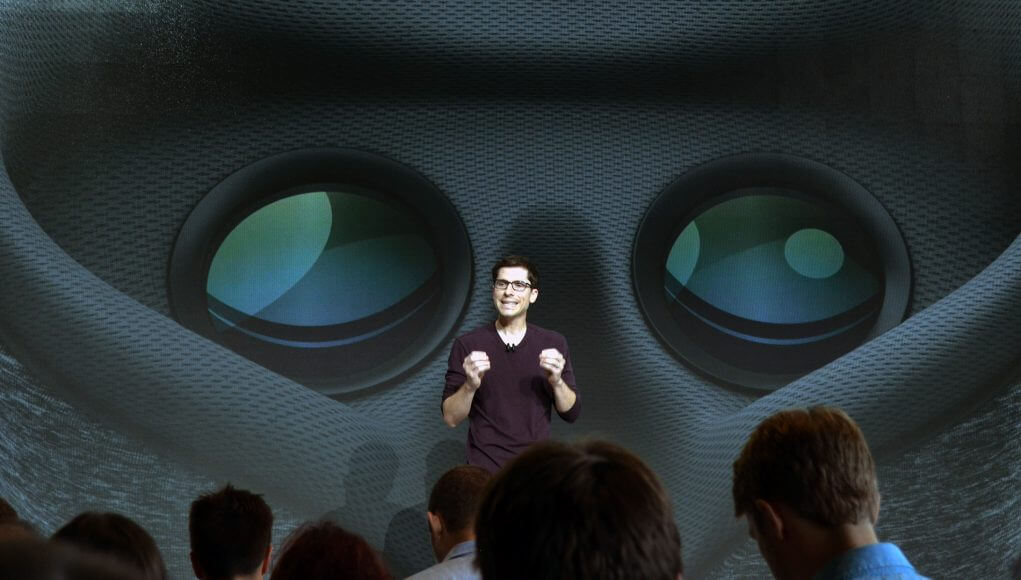
One of the major limitations of the current generation of VR headsets is quite low resolution embedded in their displays. This leads to the vagueness of the pictures and pronounced screen-door-effect, when the user through a magnifying lens you can see the dark gaps between pixels. Google seems serious about once and for all to close this question, presenting the world a new generation of displays for virtual reality devices, greatly superior to existing solutions in terms of picture quality.
According to published information, the event Display Week 2018, which will begin on may 20, Google plans to showcase a 4.3-inch display with a resolution of 18 megapixels, and this, for a moment, the resolution on 5657 3182 pixels. The production of matrices will deal with the South Korean company LG, and the main consumers of these products will be the producers of VR-devices of new generation. The pixel density on the data of OLED displays will make an impressive 1443 pixels per inch, which will allow to get rid of the discomfort and disadvantages of image in VR games and applications.
“White OLED display with a structural color filter allowed us to achieve unattainable up to this point, pixel density. To increase the mobility of the electrons we decided to use a LTPS panel n-type (LTPS – reduction from Low-Temperature Polycrystalline Silicon),” — said in an official statement Google.
Currently existing on the market VR headset can boast such a resolution, unfortunately, can’t. The most advanced helmet HTC Vive Pro who just needs to go on sale, each of the 3.5-inch displays, it will produce an image with a resolution of 1440 1600 pixels and a refresh rate of 90 Hz. The previous generation of headsets (Oculus Rift and HTC Vive) resolution and at 1080 to 1200 pixels per eye.
The new display not only Google that will allow you to display an image with a resolution in 3182р, but also able to support a refresh rate above 90 Hz. Given the huge number of pixels, the developers understand that for such a quality pictures you need incredibly powerful hardware. To reduce the load on the processing power Google engineers plan to use the tracking gaze of the user, as well as technology “improved rendering” to maximize detail, only that portion of the image on which the focused human eye. Something similar is already offered by other companies, including Nokia.
Google plans to introduce a new generation of displays for VR headsets
Sergey Grey